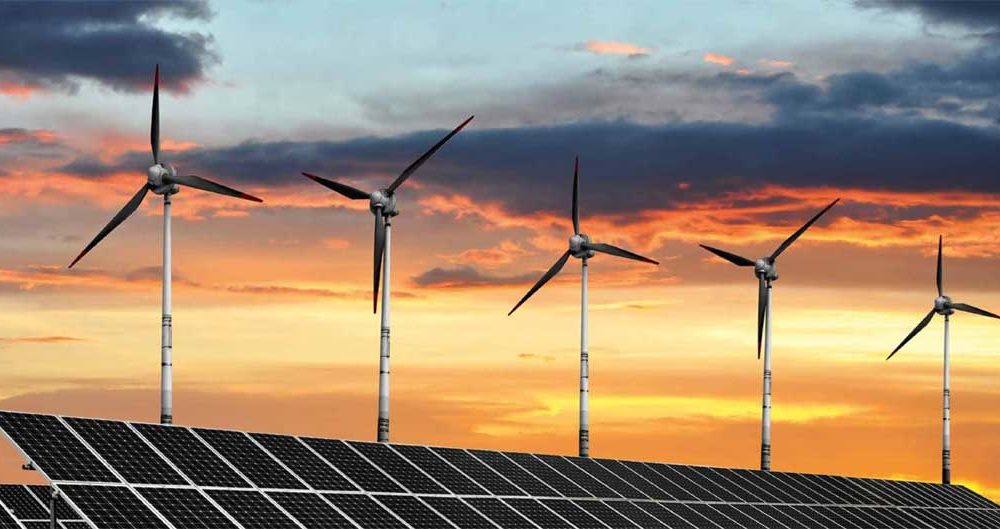How do wind turbines work?
By EPR Magazine Editorial August 12, 2017 2:04 pm IST
By EPR Magazine Editorial August 12, 2017 2:04 pm IST

Ramji Singh, Associate Vice President – Sales at Schmersal India describes the different aspects of wind turbine technology.
Technological enhancement is set to alter the wind energy scenario in India. There has been a tremendous expansion in technology in the past few years and the wind is the fastest growing energy sector worldwide. In India, wind power generation capacity has remarkably increased in recent years and predominantly installed in the South, West and Northern regions.
With the ‘Make in India’ initiative and supporting policies of the Indian government, there is an emphasis on local manufacturing. Wind turbines are getting more robust, with the present-day turbine models having larger blades that utilise more wind and thus produce more electricity, bringing down the cost considerably of renewable energy generation. Further, comprehending aerodynamics is one of the solutions to maximise the output from wind turbines.
Wind turbine working
The wind progress towards the propeller blades, applying a turning force upon them. The rotating blades turn a shaft inside the nacelle – a streamlined casing, which runs down into a gearbox. The gearbox increases the generator rotation speed, which uses magnetic fields to convert the rotational energy into turbine electrical energy. The power output, then goes to a transformer, which converts the electricity from the generator to the appropriate voltage for the distribution system.
Operation and maintenance of wind turbine
Operation and maintenance costs make up a substantial share of the total annual costs of a wind turbine. The sector of wind turbine operations and maintenance, symbolise a developing segment and business opportunity in the wind energy industry. Wind turbines can provide ample amount of electricity, which is clean and reliable, at prices competitive with any other new electricity source – if they are properly operated and maintained. Operation and maintenance, safety management systems etc. are the vital components influencing the profitability in the sector.
Schmersal as a safety solution and service partner offers well grounded products and tailor-made systems, which are imparted in the wind sector.
Advantages and disadvantages
Everything comes with their pros and cons. Wind energy is a free energy resource, but to convert it into the usable form is a challenge in terms of set-up cost, infrastructure, technology, etc. as compared to other renewable and conventional fossil fuel energy resources. By making the use of onshore or offshore technologies, wind turbines can be used for distributed generation or grid interactive power generation. Another major advantage is it is a clean and non-polluting form of energy which can be used to overcome the power inadequacy. One major disadvantage is that the fragmentary nature of the wind affects the power generation with the season, location and speed of the wind.
Thumbnail
Wind turbine technology has prospered and thrived in recent years and at present forms a progressively crucial fragment of the electricity industry in India. Renewable energy is indispensable in the endeavour against climate change and consequently wind energy sector plays a major role in establishing a viable electricity generation system for the future.
Authored by:
Ramji Singh
Associate Vice President – Sales
Schmersal India Pvt Ltd
www.schmersal.in
We use cookies to personalize your experience. By continuing to visit this website you agree to our Terms & Conditions, Privacy Policy and Cookie Policy.